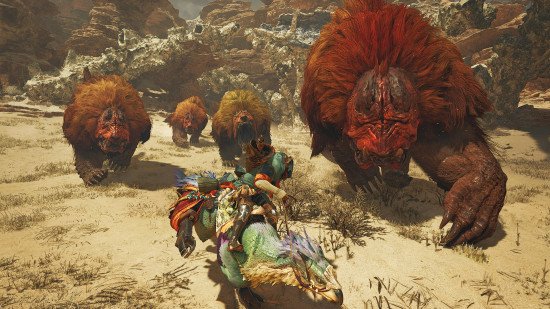Open-world games have become one of the most popular and immersive genres in modern gaming. Titles like The Legend of Zelda: Breath of the Wild, Grand Theft Auto V, and The Witcher 3 have set new standards by allowing players to explore massive, living worlds at their own pace. But what makes open-world games so appealing?
One major factor is freedom. Unlike linear games that follow a strict path, open-world games let players roam freely, complete quests in any order, and create their own adventures. Whether it\'s climbing mountains in Skyrim, stealing cars in GTA, or hunting monsters in The Witcher, the possibilities feel endless.
Another key reason for their success is immersion. Game developers have invested heavily in realistic environments, AI-driven NPCs, and detailed storytelling. In games like Red Dead Redemption 2, the world reacts to the player\'s actions, making the experience feel truly dynamic. Players aren’t just controlling a character; they’re living in a digital world.
However, open-world games also have their downsides. Some suffer from \"empty world syndrome,\" where the map is vast but lacks meaningful activities. Others rely too much on fetch quests and repetitive side missions, leading to player fatigue.
Despite these challenges, the genre continues to evolve. Games like Elden Ring and Starfield are pushing boundaries by blending open-ended exploration with deep role-playing mechanics. As technology improves, we can expect even bigger, more detailed worlds, making open-world gaming more engaging than ever.

















